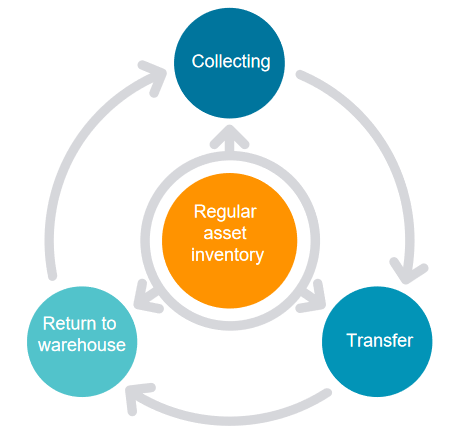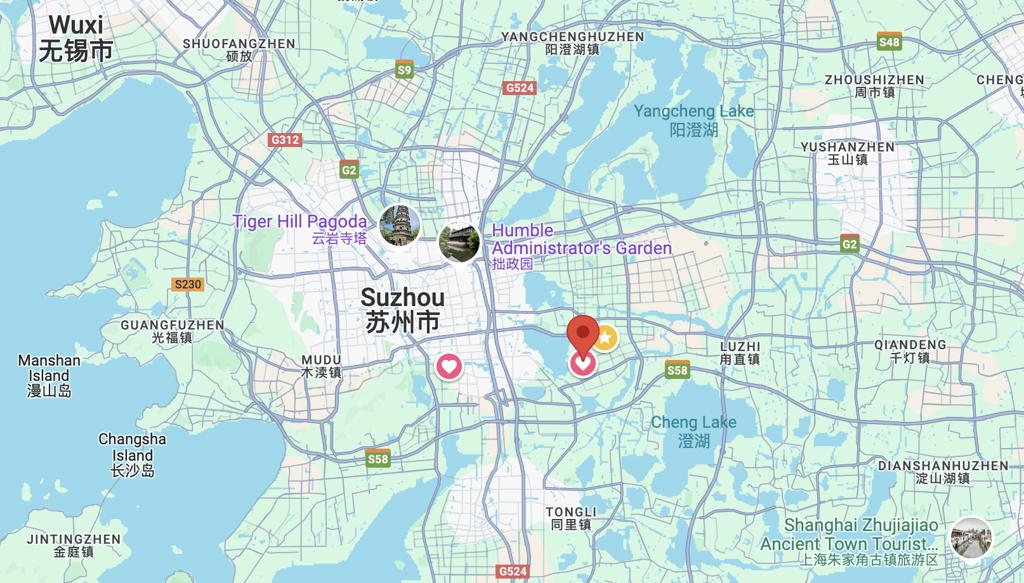Asset management tool
I. Usage Scenarios
1. Applying for office equipment such as computers upon joining the company;
2. Returning office equipment upon resignation;
3. Management of the borrowing and return of shared equipment among various departments;
4. Applying for samples/demonstration models for customer trials during work;
5. Regular inventory of assets. => Achieving a system where every loan is followed by a return, and managing the full lifecycle of assets.
II. Asset Management: Allocation -> Transfer -> Return -> Inventory
Different Business Units (BU)/departments manage the warehousing, lending, return, and scrapping of their own assets;
Multiple administrators manage permissions and domains;
Asset allocation, transfer, return, and scrapping processes;
Seamless integration with OA (approval workflows);
Clear visibility of the number of assets in use;
Data synchronization with third-party systems (e.g., HR systems).
III. Asset Inventory
Different BU/departments plan and execute their own inventory tasks;
Asset inventory is completed by the users, significantly reducing the workload for asset managers;
Asset inventory requires users to locate and take photos on-site, ensuring the authenticity and accuracy of asset locations.

